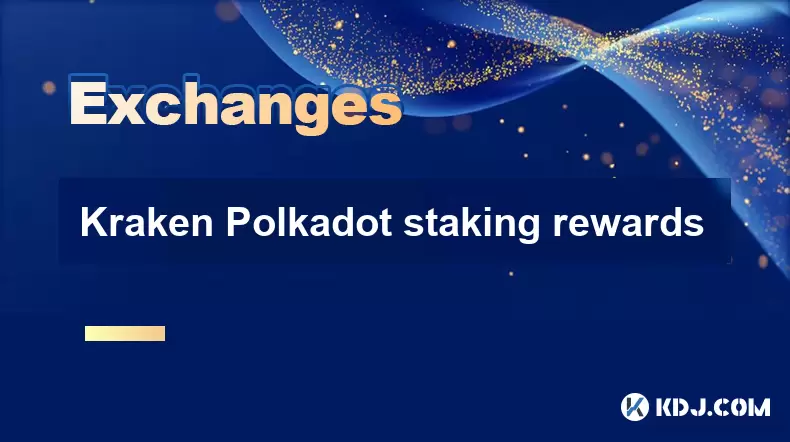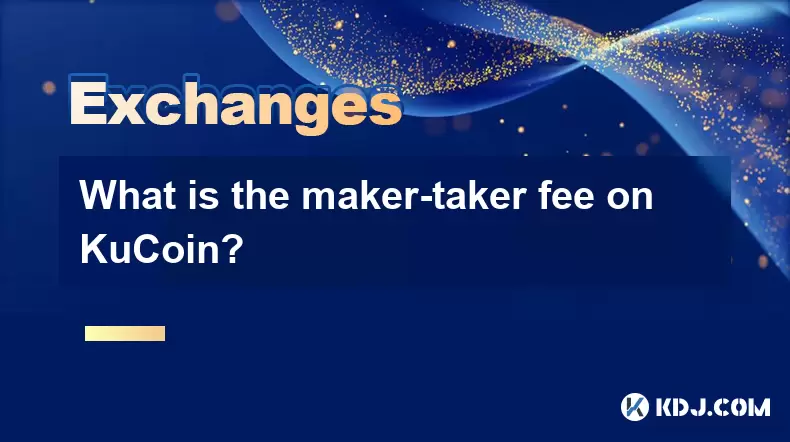-
 Bitcoin
Bitcoin $118300
-1.72% -
 Ethereum
Ethereum $3591
-0.69% -
 XRP
XRP $3.478
-3.53% -
 Tether USDt
Tether USDt $1.001
-0.01% -
 BNB
BNB $737.7
-0.54% -
 Solana
Solana $177.3
-2.40% -
 USDC
USDC $0.9999
-0.01% -
 Dogecoin
Dogecoin $0.2538
7.04% -
 TRON
TRON $0.3256
-0.85% -
 Cardano
Cardano $0.8332
-3.48% -
 Hyperliquid
Hyperliquid $44.80
-3.30% -
 Stellar
Stellar $0.4672
-6.09% -
 Sui
Sui $3.828
-5.98% -
 Chainlink
Chainlink $18.15
-3.41% -
 Hedera
Hedera $0.2655
-7.16% -
 Bitcoin Cash
Bitcoin Cash $517.5
-0.64% -
 Avalanche
Avalanche $23.89
-2.37% -
 Shiba Inu
Shiba Inu $0.00001519
-0.45% -
 UNUS SED LEO
UNUS SED LEO $8.973
0.13% -
 Toncoin
Toncoin $3.211
-2.54% -
 Litecoin
Litecoin $103.5
-3.58% -
 Polkadot
Polkadot $4.313
-3.90% -
 Uniswap
Uniswap $10.31
0.67% -
 Monero
Monero $325.4
-2.88% -
 Bitget Token
Bitget Token $5.049
3.51% -
 Ethena USDe
Ethena USDe $1.002
0.04% -
 Pepe
Pepe $0.00001346
-2.96% -
 Dai
Dai $0.9999
-0.02% -
 Aave
Aave $322.1
-2.93% -
 Bittensor
Bittensor $411.9
-4.70%
Kraken Polkadot staking rewards
Stake DOT on Kraken to earn rewards, with APYs typically 10–20%, while understanding lock-up periods, fees, and tax implications.
Jul 19, 2025 at 07:49 am

Understanding Polkadot Staking on Kraken
Polkadot is a multi-chain network designed to enable cross-chain interoperability, allowing different blockchains to communicate and transfer value seamlessly. Staking on Polkadot involves locking up DOT tokens to support the network's security and operations. Kraken, one of the leading cryptocurrency exchanges, offers users the ability to stake their DOT tokens directly through their accounts. This service simplifies the staking process for users who may not want to manage the technical aspects of running a validator node or delegating manually on a wallet platform.
How Kraken Handles Polkadot Staking
Kraken operates as a validator or delegates user funds to trusted validators on the Polkadot network. When users stake DOT on Kraken, they are essentially entrusting the exchange to participate in the network's consensus mechanism on their behalf. The exchange pools the staked DOT and contributes to block validation. In return, users receive rewards in DOT tokens based on the amount staked and the overall network participation rate. Kraken typically offers a non-custodial or custodial staking option, depending on the user's preference and the platform's current structure.
- Users deposit DOT into their Kraken account.
- Select the staking option from the account dashboard.
- Confirm the amount to be staked and agree to the staking terms.
- Kraken handles the delegation and validator operations.
- Rewards are distributed automatically to the user’s account.
Calculating Polkadot Staking Rewards on Kraken
The reward rate for staking DOT on Kraken can vary depending on several factors, including network inflation, the total amount of DOT staked across the network, and the performance of the validators used by Kraken. Historically, Polkadot has offered annual percentage yields (APY) ranging from 10% to 20%, although this rate can fluctuate. Kraken typically publishes an estimated APY on its staking dashboard, allowing users to forecast potential earnings.
To calculate potential rewards:
- Check the current APY percentage offered by Kraken for DOT staking.
- Multiply the amount of DOT you plan to stake by the APY.
- Divide the result by 365 to estimate daily earnings.
- Consider compounding by restaking earned DOT for higher returns.
It’s important to note that these rewards are not guaranteed and are subject to change based on network conditions and validator performance.
Lock-up Period and Liquidity Considerations
When staking DOT on Kraken, users should be aware of the unbonding period enforced by the Polkadot network. Typically, when a user decides to unstake their DOT, there is a waiting period—often around 28 days—before the funds become liquid again. During this time, no rewards are accrued, and the tokens cannot be withdrawn or traded. Kraken enforces this period to comply with Polkadot’s protocol rules and ensure network stability.
Additionally, while staking, the DOT tokens are not transferable, meaning users cannot sell or move them during the staking period unless they initiate the unbonding process.
Tax Implications of Staking Rewards
Staking rewards earned through Kraken are considered taxable income in many jurisdictions, including the United States. Users should keep track of the date, amount, and fair market value of the rewards received. Kraken provides tax reporting tools and 1099 forms for eligible users, simplifying the process of reporting staking income to tax authorities.
- Record each reward distribution with its corresponding value in USD.
- Report this income on your annual tax return.
- If you sell the earned DOT later, capital gains tax may apply.
- Use crypto tax software or consult a tax professional for accuracy.
Failure to report staking rewards can result in penalties or audits, so it’s crucial to maintain accurate records.
FAQs
Can I stake any amount of DOT on Kraken?
Yes, Kraken allows users to stake any amount of DOT, although there may be minimum thresholds for reward distribution or compounding features.
Are there fees for staking DOT on Kraken?
Kraken typically charges a small fee or takes a cut of the staking rewards as compensation for providing the staking service. This fee is usually factored into the APY displayed on the platform.
Is my DOT safe when staked on Kraken?
Kraken employs robust security measures including cold storage, multi-signature wallets, and insurance funds. However, staking through a centralized exchange always carries counterparty risk, as users do not control their private keys.
Can I switch from staking on Kraken to self-staking via a wallet?
Yes, users can withdraw their DOT from Kraken and use a non-custodial wallet like Polkadot{.js} or Trust Wallet to stake independently. This gives them full control over their funds and potentially higher rewards, but requires more technical knowledge.
Disclaimer:info@kdj.com
The information provided is not trading advice. kdj.com does not assume any responsibility for any investments made based on the information provided in this article. Cryptocurrencies are highly volatile and it is highly recommended that you invest with caution after thorough research!
If you believe that the content used on this website infringes your copyright, please contact us immediately (info@kdj.com) and we will delete it promptly.
- Altcoin Season Incoming? Coins Ready to Explode!
- 2025-07-19 18:30:12
- Dogecoin Price Prediction: Cup and Handle Pattern Points to Potential Breakout!
- 2025-07-19 18:50:11
- Hit the Jackpot? Brexit 50p Coin Could Be Worth £40,000!
- 2025-07-19 18:30:12
- Galactic Meme Coin Mania: Troller Cat Leads the Crypto Pack in 2025
- 2025-07-19 18:50:11
- Pi Coin, Bitcoin, and 2025: What the Future Holds, Ya Know?
- 2025-07-19 18:55:12
- TRX vs. RTX: Will Remittix Overtake Tron as the Altcoin to Watch in 2025?
- 2025-07-19 17:30:12
Related knowledge

KuCoin mobile app vs desktop
Jul 19,2025 at 08:35am
Overview of KuCoin Mobile App and Desktop PlatformThe KuCoin ecosystem offers both a mobile app and a desktop platform, each designed to cater to diff...

Is KuCoin a decentralized exchange?
Jul 18,2025 at 03:15pm
Understanding Decentralized Exchanges (DEXs)To determine whether KuCoin is a decentralized exchange, it's essential to first understand what defines a...

How to trade options on KuCoin?
Jul 19,2025 at 03:42am
Understanding Options Trading on KuCoinOptions trading on KuCoin allows users to speculate on the future price movements of cryptocurrencies without o...

Lost Google Authenticator for KuCoin
Jul 19,2025 at 02:35am
Understanding the Importance of Google Authenticator in KuCoin SecurityGoogle Authenticator is a critical tool used by KuCoin users to enable two-fact...

What is the maker-taker fee on KuCoin?
Jul 18,2025 at 12:42pm
Understanding the Maker-Taker Fee ModelThe maker-taker fee model is a pricing structure used by many cryptocurrency exchanges, including KuCoin, to de...

KuCoin account frozen what to do.
Jul 19,2025 at 04:35am
Understanding Why Your KuCoin Account Was FrozenIf you've discovered that your KuCoin account is frozen, the first step is to understand why this has ...

KuCoin mobile app vs desktop
Jul 19,2025 at 08:35am
Overview of KuCoin Mobile App and Desktop PlatformThe KuCoin ecosystem offers both a mobile app and a desktop platform, each designed to cater to diff...

Is KuCoin a decentralized exchange?
Jul 18,2025 at 03:15pm
Understanding Decentralized Exchanges (DEXs)To determine whether KuCoin is a decentralized exchange, it's essential to first understand what defines a...

How to trade options on KuCoin?
Jul 19,2025 at 03:42am
Understanding Options Trading on KuCoinOptions trading on KuCoin allows users to speculate on the future price movements of cryptocurrencies without o...

Lost Google Authenticator for KuCoin
Jul 19,2025 at 02:35am
Understanding the Importance of Google Authenticator in KuCoin SecurityGoogle Authenticator is a critical tool used by KuCoin users to enable two-fact...

What is the maker-taker fee on KuCoin?
Jul 18,2025 at 12:42pm
Understanding the Maker-Taker Fee ModelThe maker-taker fee model is a pricing structure used by many cryptocurrency exchanges, including KuCoin, to de...

KuCoin account frozen what to do.
Jul 19,2025 at 04:35am
Understanding Why Your KuCoin Account Was FrozenIf you've discovered that your KuCoin account is frozen, the first step is to understand why this has ...
See all articles

























































































